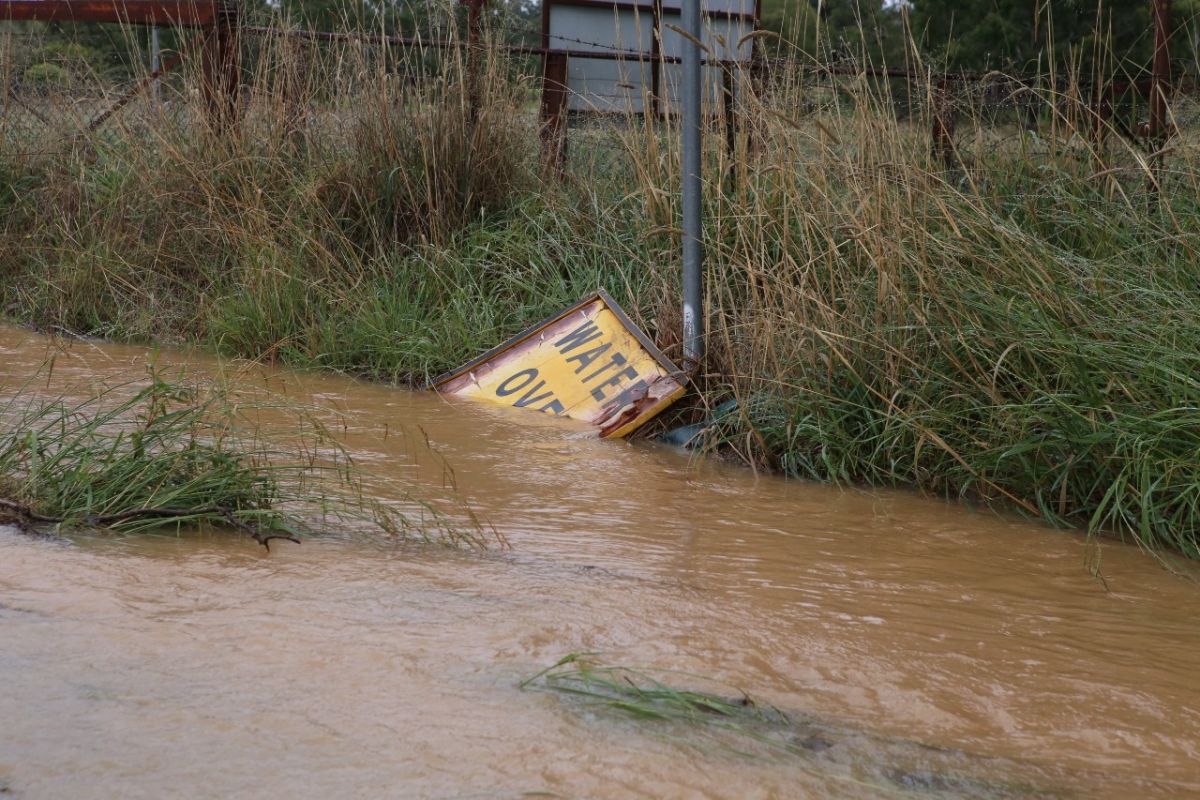
Overland flooding studies endorsed
Published: 28 Oct 2021 5:37pm
Wagga Wagga City Council has endorsed two important flood planning documents for the city and three villages and will now develop a plan to implement the recommendations in the report.
At its 25 October Ordinary Meeting, Council adopted the Wagga Wagga Major Overland Flow Floodplain Risk Management Study (MOFFS) and Plan and Village Overland Flow Floodplain Risk Management Studies (VOFFS) and Plans for the villages of Tarcutta, Ladysmith and Uranquinty.
Director Infrastructure Services Warren Faulkner said it was an important step forward towards completing the five-stage MOFFS and VOFFS process.
“Council has resolved to bring back a report in March of next year to the new Council to look at the implementation plan for how we undertake the priorities identified in those studies for those four areas,” Mr Faulkner said.
“We have already commenced some works with the cleaning and maintenance of the cross-levee above Uranquinty as well as the installation of a pen stock in the Bolton Park reserve to minimise flooding of the dip in Forsyth Street between the malls.
“We have applied for funding for feasibility studies into augmenting Lake Albert to increase temporary storage for flood mitigation purposes downstream of it, as well as improving the Glenfield Road drainage system in Wagga and also increasing the size of the main levee in Uranquinty.
“There’s been ongoing work already to implement those plans which has been a long process, but a good process to get across the line. We thank the community for its involvement, input and engagement, as well as the Floodplain Risk Management Advisory Committee.”
Mr Faulkner said the objective of coming back to Council in March 2022 is to determine an implementation plan based on funding and priority for the works recommended.
“There’s several million dollars there to implement the whole range of works that are identified,” he said.
“We want to identify a realistic the time frame to do that … I think it would take maybe five to 10 years to do that, and engage with the new Council as to how we implement the actions out of these plans.
“It’s a five stage process. What was adopted by Council was Stages 3 and 4 which was the study and the Risk Management Plan wrapped around that study, and Stage 5 is the implementation of the plans.”
Mr Faulkner said the feedback gained through extensive community consultations and engagement was supportive of the action identified in the plans.
Summary of MOFFS Flood Risk Mitigation Measures
The high priority recommendations from the MOFFS report for implementation are:
- Amend flood plans to include Overland Flow Flood information
- Improve community flood awareness
- Adoption of Overland Flow Flood Planning Area
- Adoption of Overland Flow Flood Planning Level
- Appropriate land use zoning in future development areas
- Appropriate management of areas subject to both riverine and overland flow flood risk
- Confirm suitability of riverine flood related development controls within the overland flow PMF extent
- Inclusion of Overland Flow Flood information on Section 10.7 Planning Certificates
- Glenfield Drain and Flowerdale Lagoon improvements (further investigation)
- Incarnie Crescent stormwater line
- Lake Albert Flood Mitigation improvements (further investigation)
Summary of VOFFS Flood Risk Mitigation Measures
The high priority recommendations from the VOFFS report for implementation are:
- Flood Planning Area and Level for each town
- Update the Wagga Wagga Local Flood Plan section for each town
- Update flood intelligence cards for each town
- Install an automatic water level recorder on Umbango Creek
- Improve community flood awareness
- Maintenance for levee cross-drainage for Tarcutta
- Uranquinty levee system upgrade
- Maintenance for levee cross-drainage for Uranquinty
- Sandy Creek regular clearing of sedimentation
